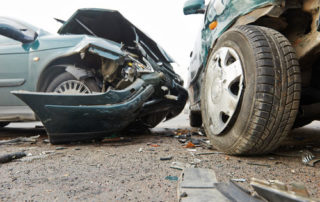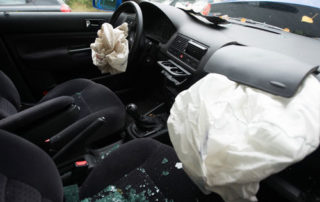What to Know When You Get in a Car Crash
Part of driving includes sharing the road with other drivers. Although we try to drive safe, we can’t always prepare for what happens on the roads. Sometimes a car crash is an unavoidable accident. So, it’s best to be prepared in case of an accident. In this article, we compiled several lists of essential knowledge on what you need to know if you get in a car crash. Familiarize yourself with the lists below, so you’re prepared if an accident happens to you. 3 Vehicle Documents You Should Have in Your Car Day-to-day life can be hard to keep organized, so we’ll make the first list easy on you. Here are the three most important documents that you should always have on you when driving. 1. Driver’s License For many, this is a no-brainer. But, when was the last time that you checked to make sure that your license is still in your wallet, purse, or glovebox? Might as well double check now. Remember, your license proves to authorities [...]


